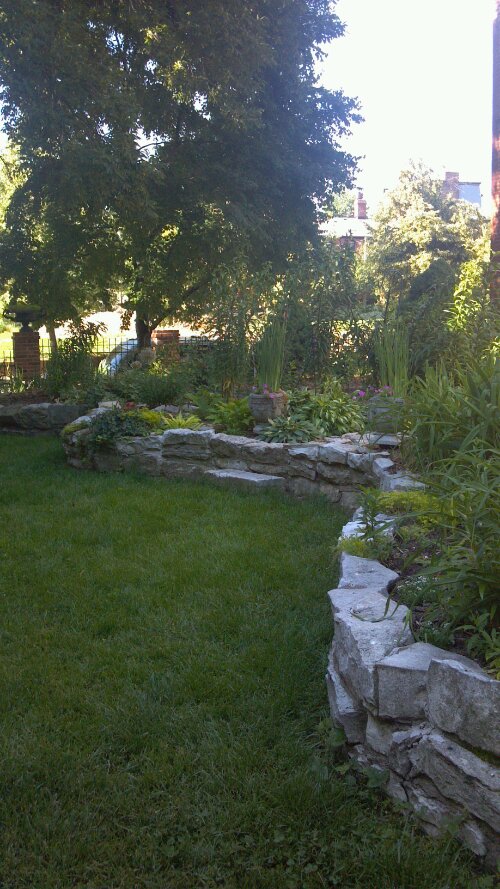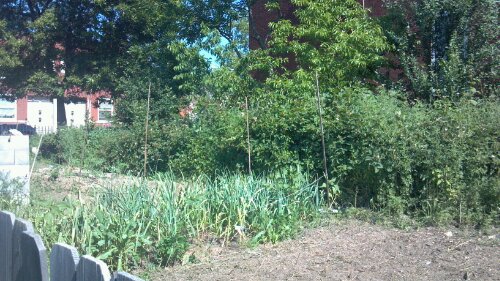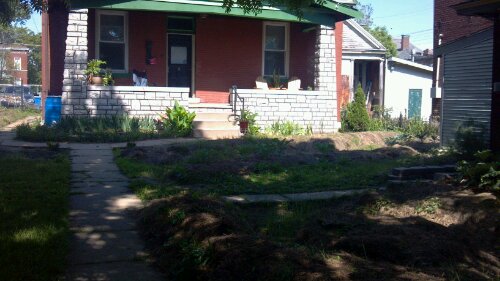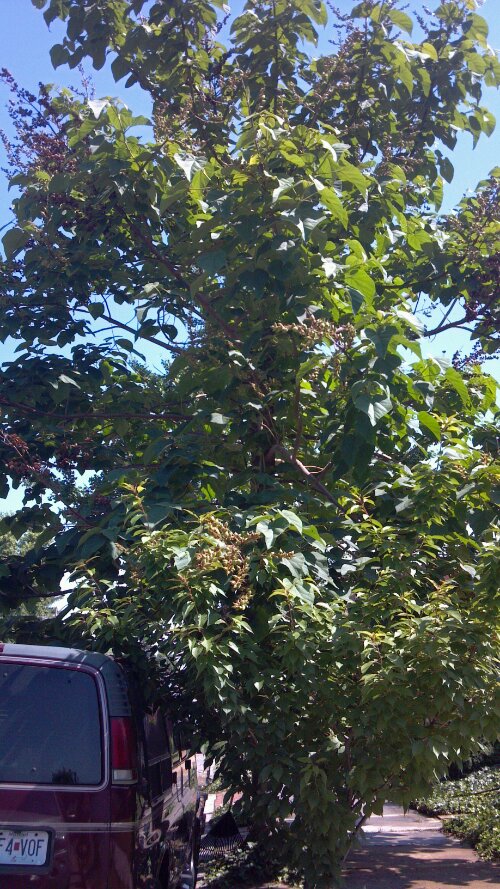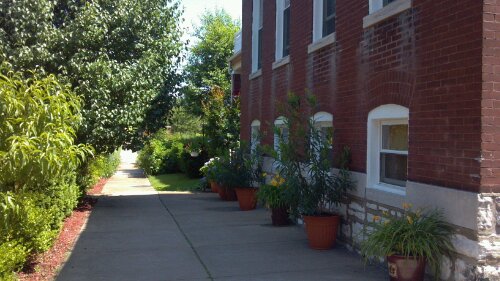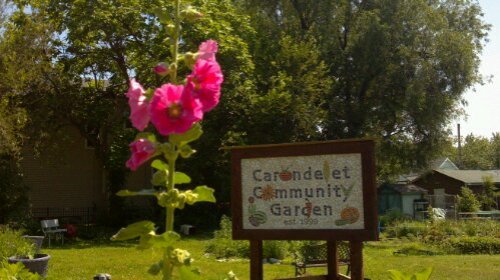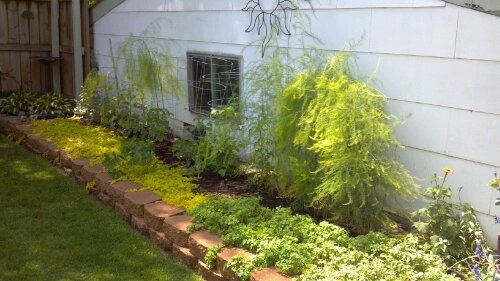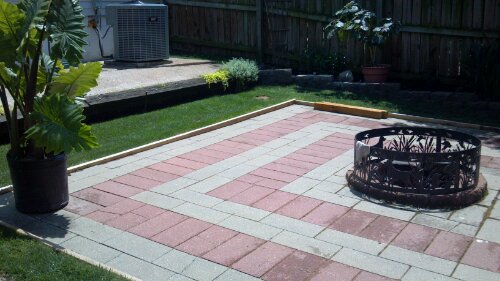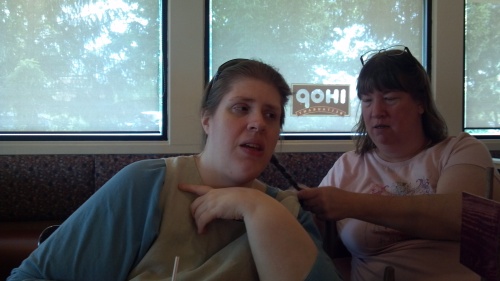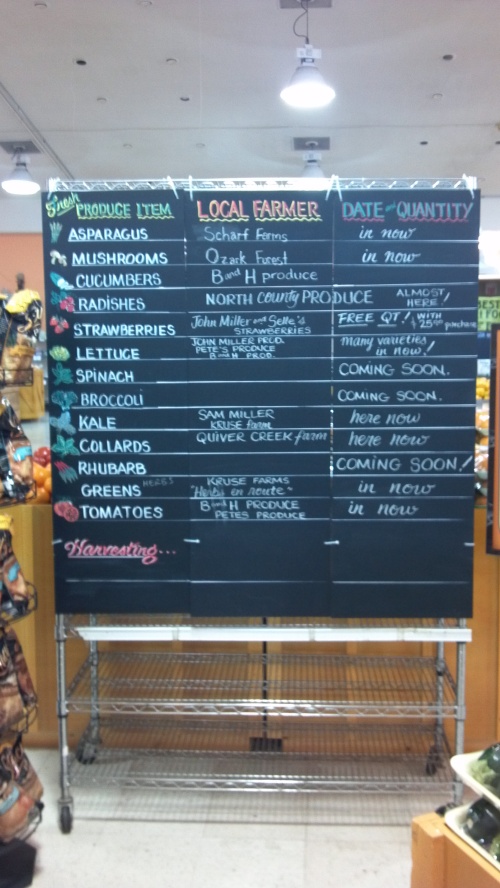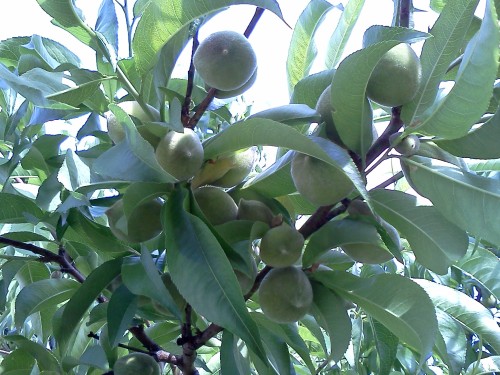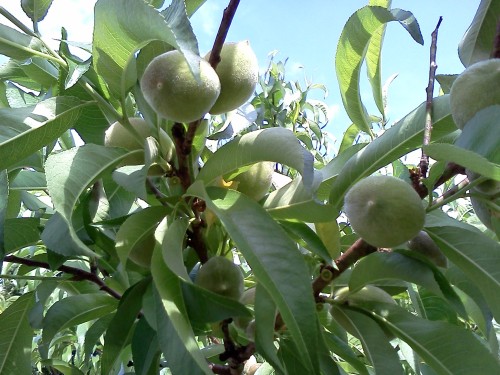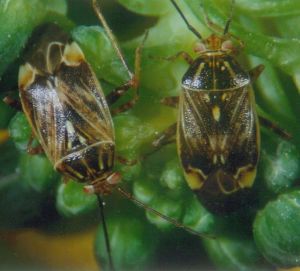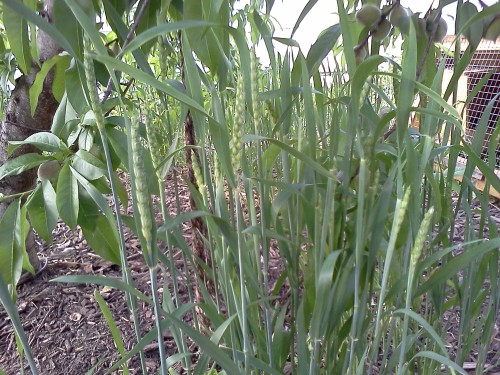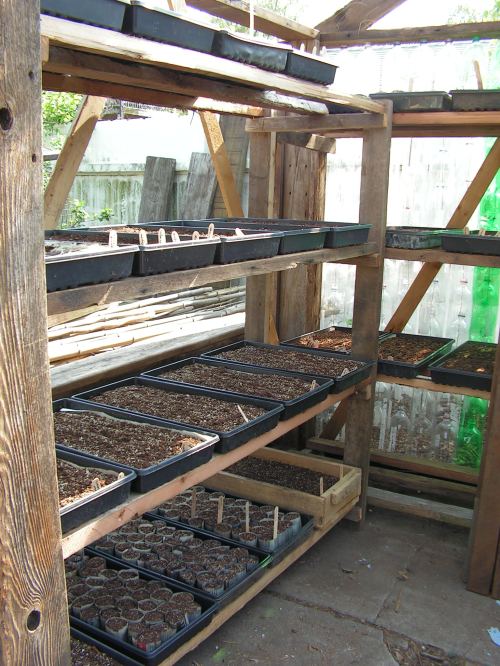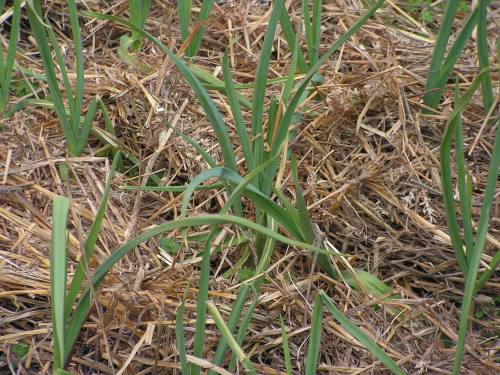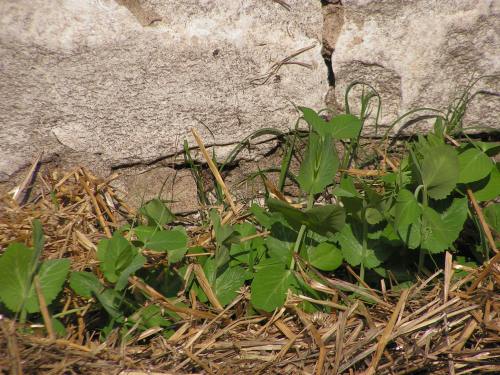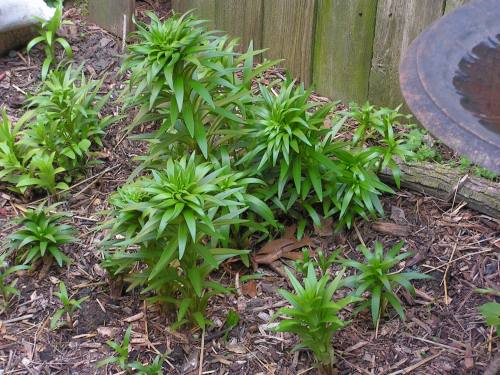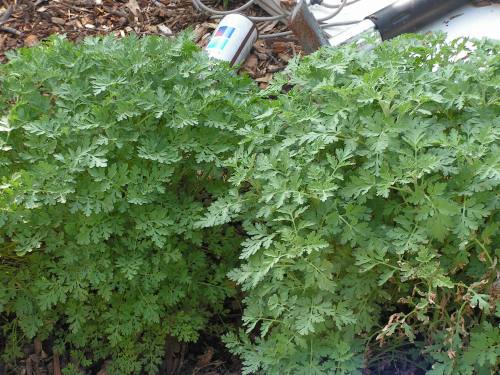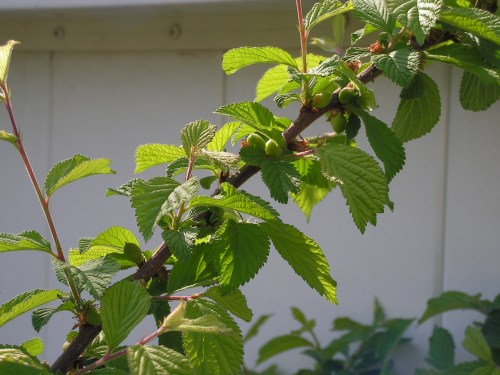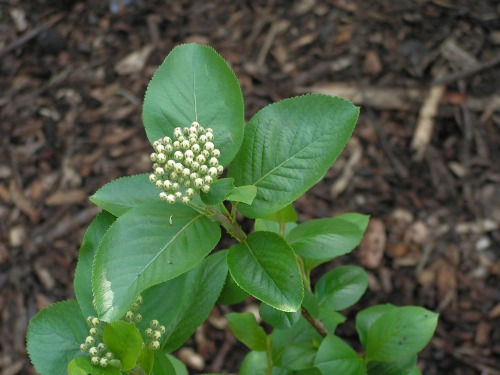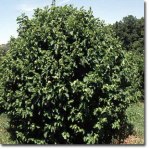February 12th, I’m teaching a short class on insects in the garden at the Carondelet Branch of the St. Louis Public Library. Right now I’m working away at the handout and boy have I learned a lot putting this class together!
One of the main things I’ve learned is that to be a successful organic gardener, you need to do more than just stop using chemicals. There are several things that come up again and again to create a healthy garden that doesn’t need chemicals.
According to Wikipedia, “Ecosystem restoration is the return of a damaged ecological system to a stable, healthy, and sustainable state, often together with associated ecosystem services.”
Our yards are a small ecosystem. Chemical agriculture upsets the healthy functioning of that ecosystem on the promise of making our jobs easier. The sterilization of that ecosystem actually takes away the benefits of it’s healthy functioning.
Steps to Good Garden Management:
1. Choose the right plant. Each cultivar of plant responds to the environment in it’s own way. Save seeds, and swap seeds with neighbors. Seed saving allows us to grow plants that are specially in tune with our neighborhoods. Ordering seeds with special resistance may also help. After several generations of saving that seed, the seed will be even more attuned to your yard.
2. Rotate Crops. Insects go through a life cycle. Generally this means, egg, larvae, pupae, and adult. Each of these stages require different places to live and grow. By rotating crops, you break the insect life cycle by disrupting their tidy circle. Additionally, if you have a serious infestation in a season, insects that overwinter in the soil may be stopped by tilling that soil before planting a different crop in it in the spring.
3. Plant and harvest at the right time. By planning the planting and harvesting at the optimal time, you allow the plant to be healthier. Healthier plants resist diseases and predators more efficiently. Some plants may be planted in timing with the expected hatching of an insect to allow them to gain as much growth as possible before they descend upon the plant.
4. Remove plant residues. Plant residues harbor parts of the insect life cycle. They may also harbor pathogens. Remove these residues and compost them. Keep dead leaves cleaned from beds. Composting will raise the temperature during the decomposition process and kill many of the organisms in there.
5. Use proper amount of food and water. Don’t over water or over feed. Too much water can create an environment that allows pathogens to breed and multiply. Too much water also increases the salt deposited in the soil negatively impacting the soil health. Soil amendments may also impact the ability of the plants to grow effectively.
6. Preventative devices. Sticky traps, Foil Rings, Row Covers, and other innovative devices can work to your benefit. Things that crawl need paths to crawl on, by understanding your insect, you can help deter them from filling their needs to thrive.
7. Improve the soil. Healthy soil is the foundation for plants to grow and thrive. Test your soil. Use compost. Soil needs not just good organic matter, but a replacement of what has been taken from it by the plants. Compost your garden waste, kitchen waste, animal waste, etc.
8. Mulch Mulch is an amazing thing to increase water retention and over all soil quality. I use straw. This has radically changed the strata in which I grow my food. Mulch cuts down on my need to water and weed. It is a double edge sword however. While it allows beneficial insects to complete their life cycle, it also allows pests to as well. I tend to turn it under every other year and that seems to be a good solution for me.
9. Understand the insect life cycle. Know your enemy! Know your friends! If you know what they need, you can break the life cycle or encourage it. Also, if you know what all the stages of an insect look like, you can help yourself not eliminate something beneficial. A couple of years ago I found a fascinating bug in the garden. I had no idea what it was and I thought it was a spider. Come to find out it was a stage in the lady bug life cycle. Thank heavens I left it where it was.
10. Plant Borders Borders allow insects to complete their life cycles as well. Beneficial insects like flowers with spikes, umbrells, and daisy like heads. Because they are omnivorous, they lack the long mouthparts needed for large deep flowers. By inter-planting mints, queen anne’s lace, and echinacia like plants, you can keep the beneficial insects near your crops and increase the likelihood that they will be there to stop your pest.
11. Keep your landscape plants in good shape. Keep your landscape healthy and cleaned up. This will allow your insects that need it to utilize it to complete their life cycle. This will also allow other creatures to use your landscape as well. Native plantings will work better in your little ecosystem than exotic ornamentals.
12. Monitor for insect damage. Know when you have an infestation. Know what is in your yard. Use IPM to tweak everthing to your advantage.
13. Keep bird feeders in the garden. Feed your local birds. Build birdhouses, anything to attract them. Birds will not only eat the seeds, but come into the garden and help you clean it of insects. Between plantings, I allow my chickens to go through and clean in the garden. They aren’t allowed there all the time because they also love greens, but they do a great job getting grubs. Your native wild birds will also pick those pests off and help you just the same.
14. Try to encourage amphibians and reptiles. If you see a snake, leave it. If you see toads, leave them. These will also diminish your populations.
Try to keep things natural. Don’t give into marketing tactics that promise an easier time of it. Many of them are short term solutions and not long term. If you are going to do one thing from the list first, my recommendation would be to mulch, mulch, mulch. It has made it possible for me to garden without going crazy. I hate cultivating. I hate weeding. Good luck!






